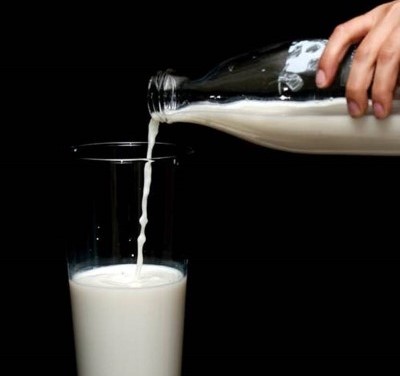Are you missing out on milk payments?
9 December 2021Meeting milk contract requirements is often talked about to maximise milk price and with greater incentives over the last few years on fat and protein content, especially for farmers on manufacturing contracts, it was surprising to see the results of the AHDB analysis on milk quality from the 2020/21 production season.
Over the season, more than 40% of milk going to the liquid market failed to meet the target butterfat level of 4%. For milk destined for manufacturing, 55% fell short of the 4.2% butterfat target. These added up to an eye-watering £38 million in lost revenue and 64% of farmers also failed to meet target milk protein levels (a loss of £17 million).
Nutrition and genetics are important influencing factors on milk composition, with fat being more easily manipulated than protein. While improvement through genetic selection is a much longer-term investment, changes to ration make up and feeding management can influence milk solids. Unfortunately, when it comes to nutritional attempts to increase both fat and protein, it is often difficult to increase one without decreasing the other.
Milk fat is stimulated by the fibre content of the diet, so the higher the forage intake, or feeding higher NDF concentrates such as sugar beet pulp or soya hulls over starchy cereals, the more likely is an increase in butterfat at the expense of milk protein. Milk protein is influenced by the starch level, with increases in cereals likely to increase milk protein content.
However, feeding management practices to increase overall dry matter intake could have a positive effect on both, by increasing the overall energy intake. Regular pushing up of feed every three to four hours is recommended. Also take steps to minimise ration sorting if feeding high dry matter forages, by using moist feeds or adding water to the mix. Dampening the mix and lowering the dry matter has been proven to not only increase milk yield but also improve butterfat percentage as well.
Maintaining a stable rumen pH is important for the fibre digesting bacteria and hence butterfat production, and so feeding a complete TMR is likely better for butterfat levels as opposed to feeding high levels of concentrates in the parlour at milking time. Concentrate feeding in robotic milking systems is usually restricted to 3kg maximum per feed, with more feeds throughout the day, meaning that fluctuations in rumen pH are less than cows milked twice a day through a parlour receiving 4kg+ at each milking. Out of parlour feeders providing concentrate little and often are also less risk for sub-acute ruminal acidosis (SARA). A rumen buffer can have a positive effect on butterfat levels where SARA is suspected.
Many feed supplements are available to help improve milk solids from protected fat sources with varying levels of C16 palmitic fat for butterfat production to protected amino acids (methionine) which have been proven to increase milk protein content. When it comes to amino acid levels in dairy diets, lysine requirements are usually met, it is methionine which is often deficient, impacting on both milk yield and protein content.
Other tips to maximise milk quality include:
• Feed more starch in the form of cereals, as this drives milk protein content (as long as the diet is not already at the maximum starch/concentrate level to maintain rumen health and avoid acidosis).
• Use molasses to improve ration palatability and intakes, especially if silage is wet and low in sugars. Molasses provides necessary sugars to feed rumen bugs to improve microbial protein supply to the small intestine and more protein going to milk.
• Feed more bypass protein (e.g., soya or protected soya/rapemeal products) which have been shown to increase milk protein production.
• Pay close attention to condition score of dry cows (target 2.5-3 at calving). Thin cows will produce lower quality milk and fat cows will lose body weight quickly in early lactation, experiencing greater negative energy balance and lower milk protein.
Given the current high feed costs it is worth calculating whether the effect of a ration change on milk fat or protein is cost-effective depending on the bonuses for compositional quality. There may be a temptation to substitute expensive concentrates for more forage. This will likely improve butterfat but could come at the expense of milk yield and milk protein and may not be cost-effective. The extent of the drop in yield will depend on the quality of the forage.
For nutritional advice and how to improve your milk solids please contact the FAS helpline on 0300 323 0161.
Sign up to the FAS newsletter
Receive updates on news, events and publications from Scotland’s Farm Advisory Service

